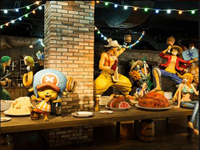Matsushima
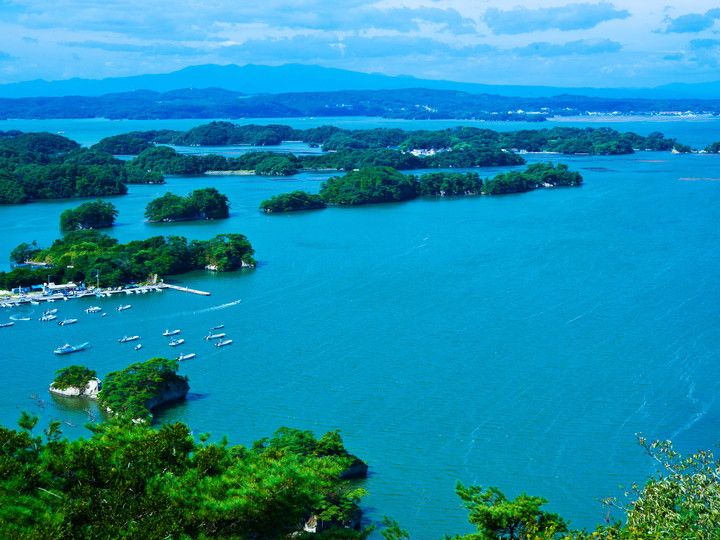
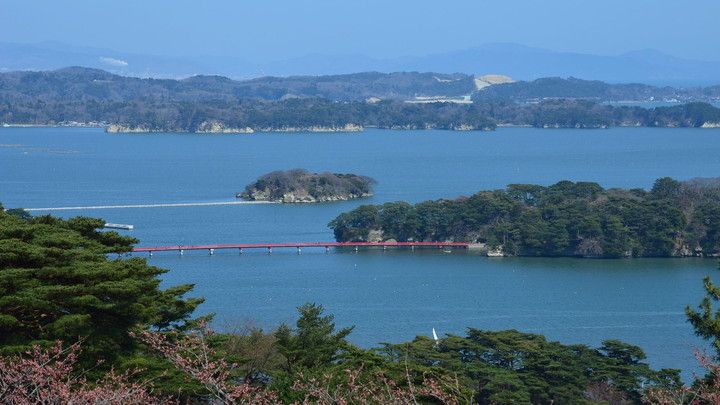
(Source: pixta)
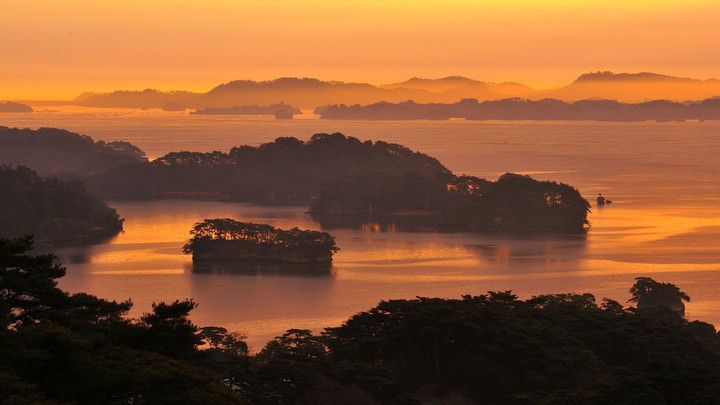
(Source: pixta)
Matsushima Shitaikan (Four views of Matsushima)
Matsushima Shitaikan indicates the four observation spots that surround Matsushima. Each spot has a great view of some 260 islands in Matsushima Bay. Each of these four views will leave a unique impression and are, therefore, named accordingly: Sokan (Magnificent View), Yukan (Enchanting View), Reikan (Beautiful View), and Ikan (Grand View).
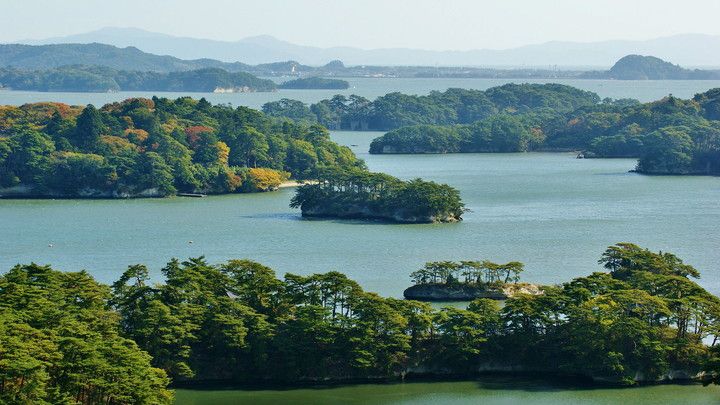
(Source: pixta)
Matsushima Boat tours
There are various kinds of islands in Matsushima. To fully enjoy the scenery, the best way is to take a boat to cruise around the islands. They have many boats including Nio-maru, a double-decker boat.
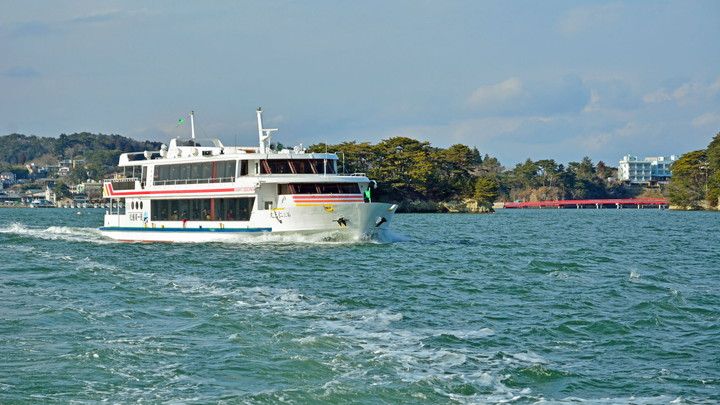
(Source: pixta)
Saigyo Modoshi No Matsu Park
It is a park located on a hill to look over Matsushima Bay. It is known as a viewing spot of cherry blossoms with more than 260 cherry trees. The view of cherry blossoms with the stunning background of Matsushima Bay looks like a miniature garden. You can get this view only in Matsushima.
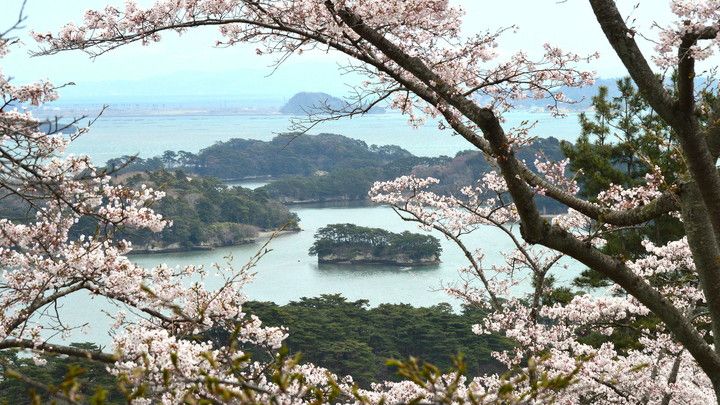
(Source: pixta)
Kanran-tei
The word "kanran" means "to watch the ripples of the sea." It is a suitable name for a tea house to overlook Matsushima. It is said to be the tea house that originally belonged to Fushimi Castle in Kyoto and was then relocated and rebuilt here with the permission of Hideyoshi Toyotomi, who governed Japan in those days. It is also called "Tsukimi-goten" (Moon-Watching Palace) since many feudal lords of Sendai used this building to watch the moon.
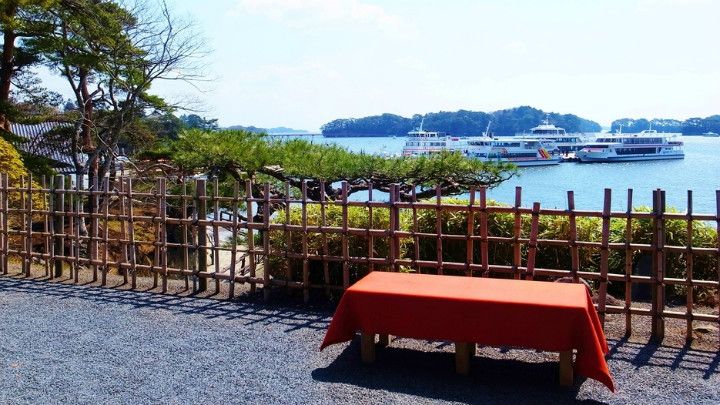
(Source: 食べログ)
Zuigan-ji
Zuigan-ji is a temple that was reconstructed in 1609 by the feudal lord Masamune Date who governed this area in the Edo era. The magnificent building reflects the culture of Azuchi-Momoyama era that was mainstream at the time. It houses many national treasures and important cultural properties.
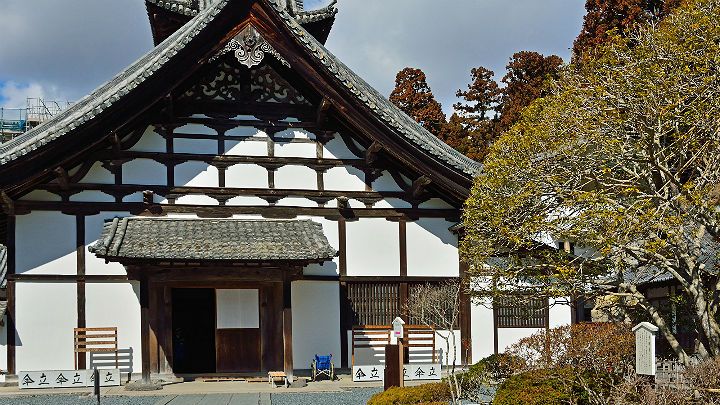
(Source: pixta)
Entsu-in
Entsu-in is a temple that was built in 1647 and is now an Important Cultural Property. It earned two stars in Japan Michelin Guide. The precincts has a rock garden and a rose garden. It is also beautiful with red and yellow leaves in autumn. In recent years, more and more people come here to pray to find a good match to "match-making kannon."
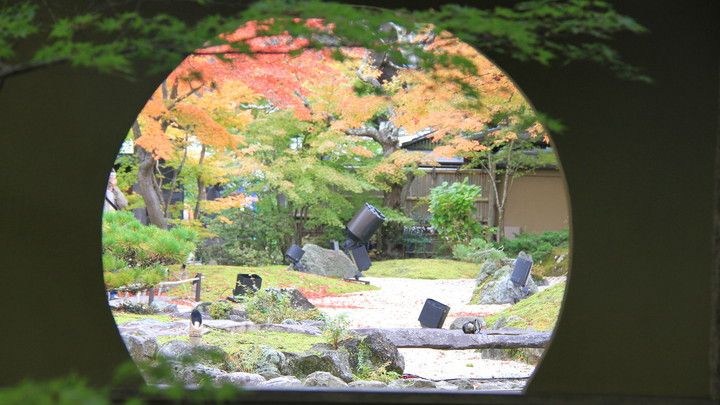
(Source: pixta)
Godai-do
Godai-do stands on the scenic island of Godaido-jima. It is a small hall belonging to Zuigan-ji. It is about a 500-year-old Momoyama-style architecture which is designated as an Important Cultural Property. A distinctive vermillon bridge connects Godaido-jima, where Godai-do stands, and the mainland.
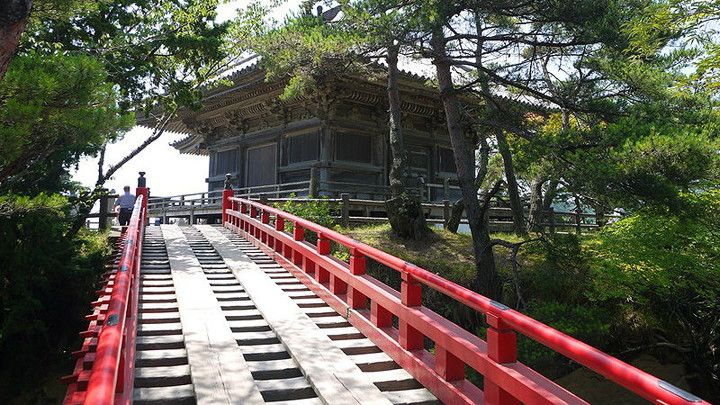
(Source: Annie)
Matsushima Specialty Food
Matsushima is surrounded by the sea and blessed with delicious seafood. Their oysters and conger eels are especially good. The rich taste oysters are the best in winter. The recommended way to eat oysters is steamed. While chewy, plump and fluffy conger eels taste great in a tempura or donburi style.
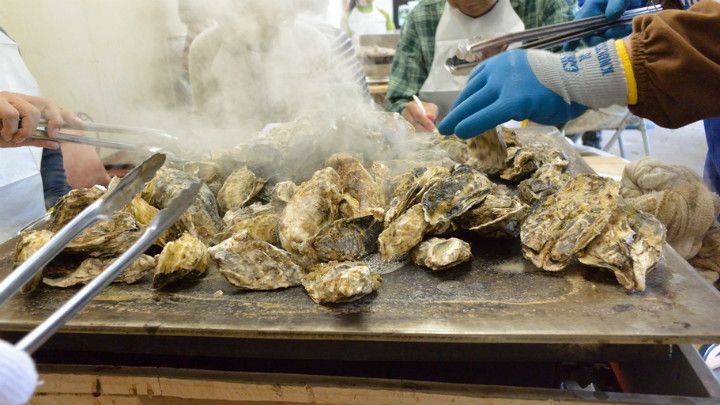
(Source: 食べログ)

(Source: pixta)

(Source: pixta)
Matsushima Shitaikan (Four views of Matsushima)
Matsushima Shitaikan indicates the four observation spots that surround Matsushima. Each spot has a great view of some 260 islands in Matsushima Bay. Each of these four views will leave a unique impression and are, therefore, named accordingly: Sokan (Magnificent View), Yukan (Enchanting View), Reikan (Beautiful View), and Ikan (Grand View).

(Source: pixta)
Matsushima Boat tours
There are various kinds of islands in Matsushima. To fully enjoy the scenery, the best way is to take a boat to cruise around the islands. They have many boats including Nio-maru, a double-decker boat.

(Source: pixta)
Saigyo Modoshi No Matsu Park
It is a park located on a hill to look over Matsushima Bay. It is known as a viewing spot of cherry blossoms with more than 260 cherry trees. The view of cherry blossoms with the stunning background of Matsushima Bay looks like a miniature garden. You can get this view only in Matsushima.

(Source: pixta)
Kanran-tei
The word "kanran" means "to watch the ripples of the sea." It is a suitable name for a tea house to overlook Matsushima. It is said to be the tea house that originally belonged to Fushimi Castle in Kyoto and was then relocated and rebuilt here with the permission of Hideyoshi Toyotomi, who governed Japan in those days. It is also called "Tsukimi-goten" (Moon-Watching Palace) since many feudal lords of Sendai used this building to watch the moon.

(Source: 食べログ)
Zuigan-ji
Zuigan-ji is a temple that was reconstructed in 1609 by the feudal lord Masamune Date who governed this area in the Edo era. The magnificent building reflects the culture of Azuchi-Momoyama era that was mainstream at the time. It houses many national treasures and important cultural properties.

(Source: pixta)
Entsu-in
Entsu-in is a temple that was built in 1647 and is now an Important Cultural Property. It earned two stars in Japan Michelin Guide. The precincts has a rock garden and a rose garden. It is also beautiful with red and yellow leaves in autumn. In recent years, more and more people come here to pray to find a good match to "match-making kannon."

(Source: pixta)
Godai-do
Godai-do stands on the scenic island of Godaido-jima. It is a small hall belonging to Zuigan-ji. It is about a 500-year-old Momoyama-style architecture which is designated as an Important Cultural Property. A distinctive vermillon bridge connects Godaido-jima, where Godai-do stands, and the mainland.

(Source: Annie)
Matsushima Specialty Food
Matsushima is surrounded by the sea and blessed with delicious seafood. Their oysters and conger eels are especially good. The rich taste oysters are the best in winter. The recommended way to eat oysters is steamed. While chewy, plump and fluffy conger eels taste great in a tempura or donburi style.

(Source: 食べログ)






